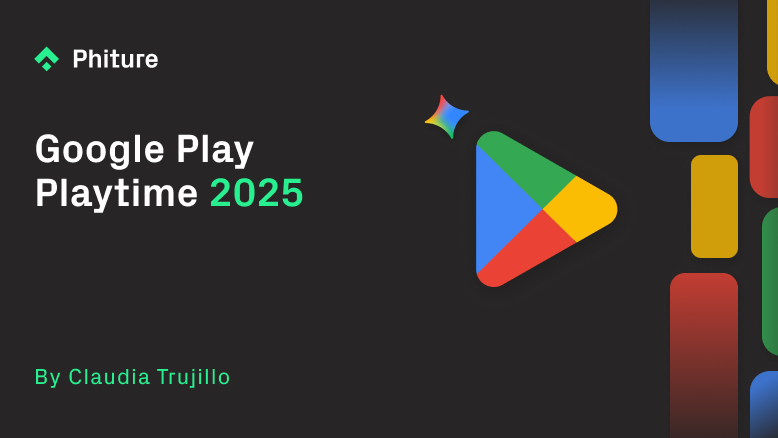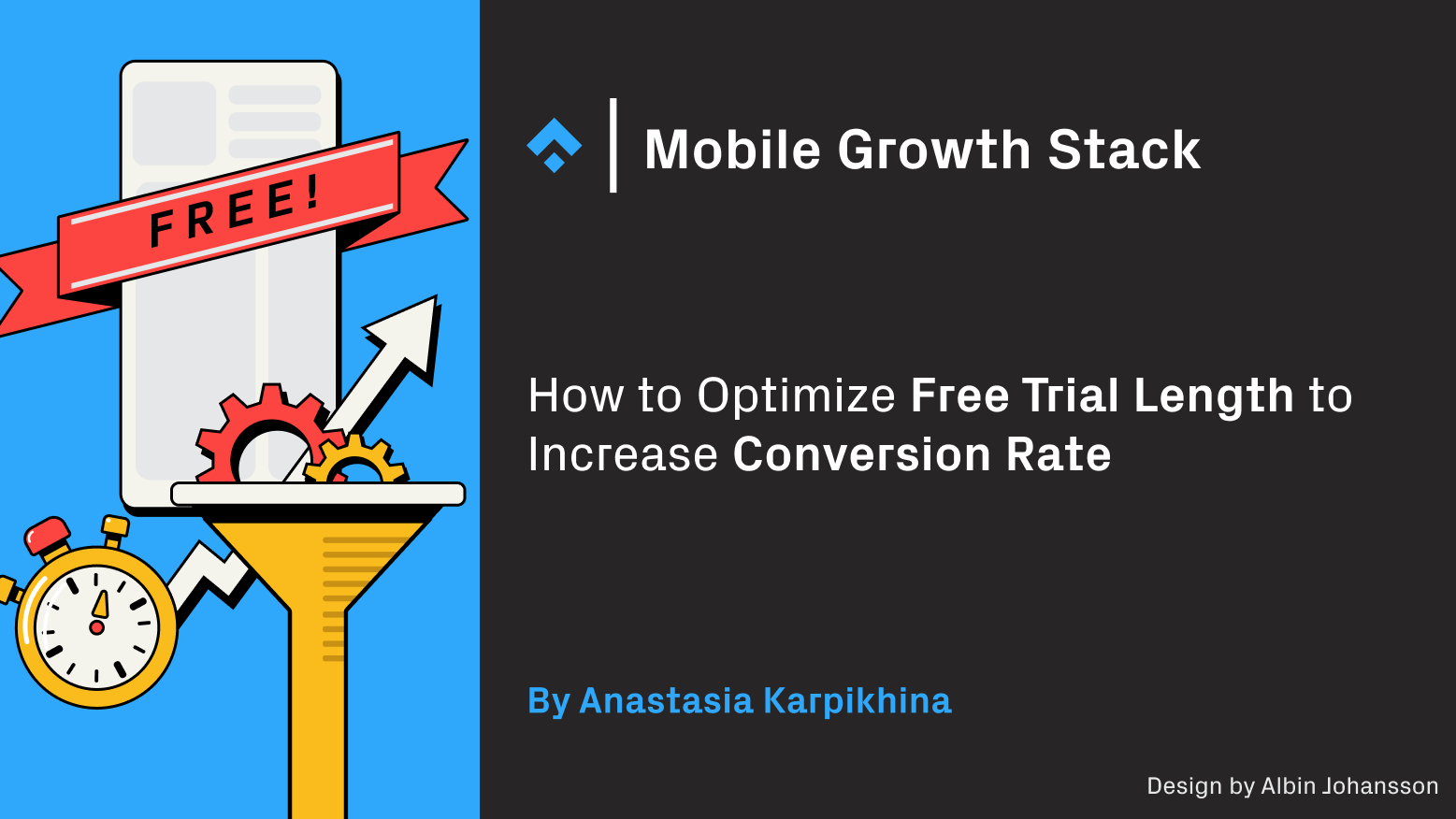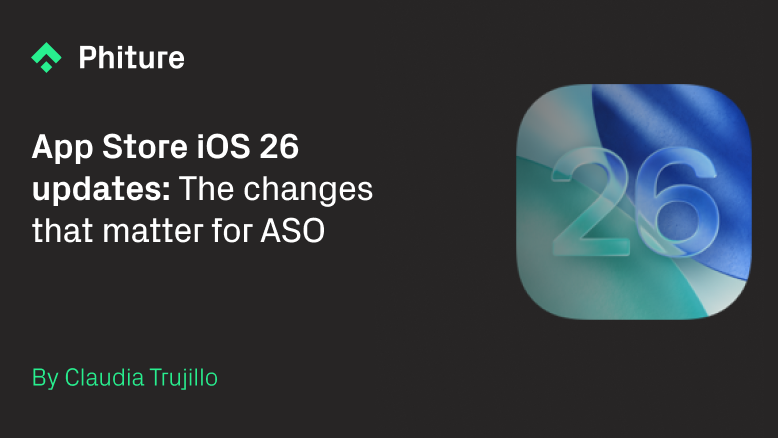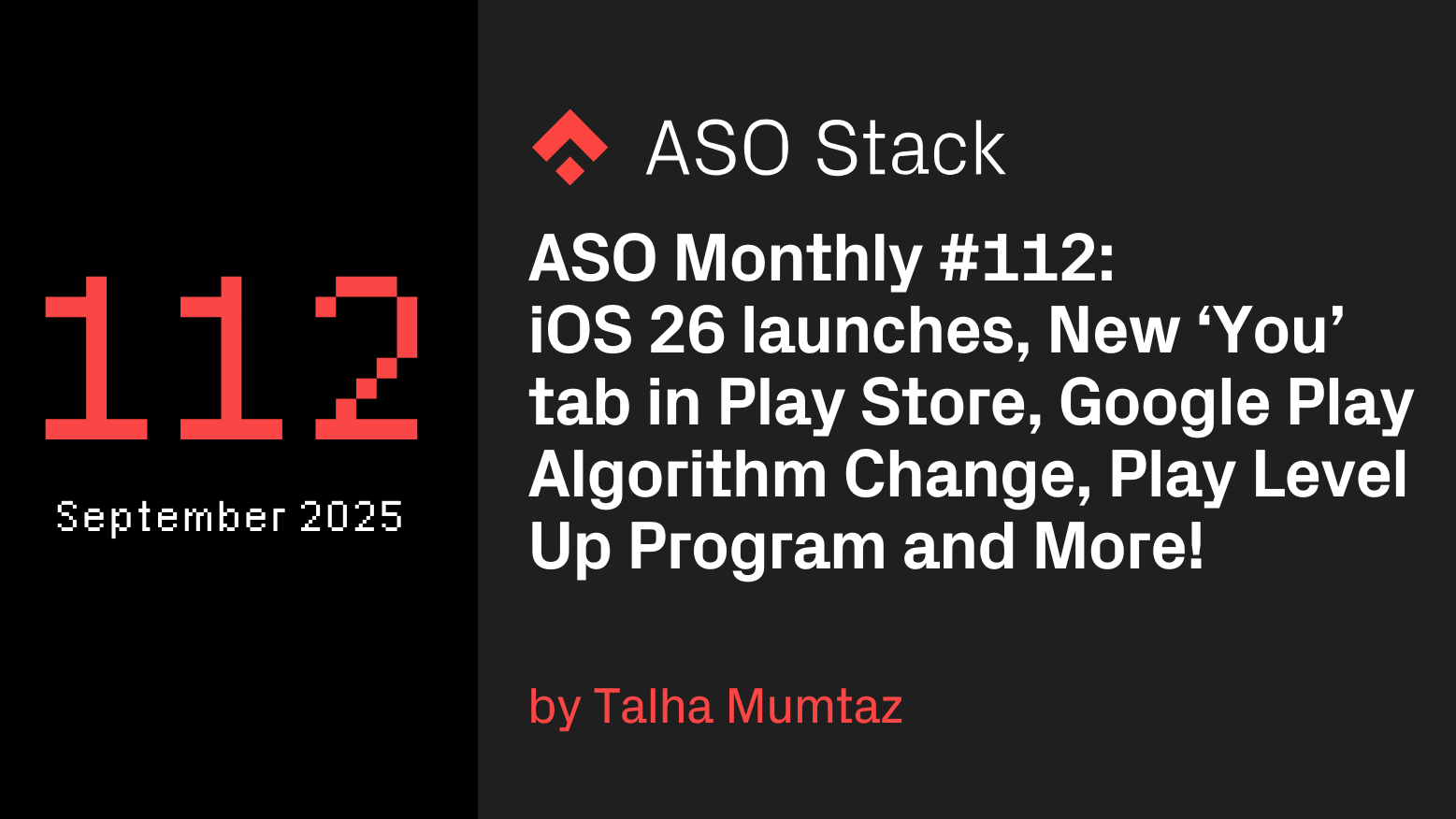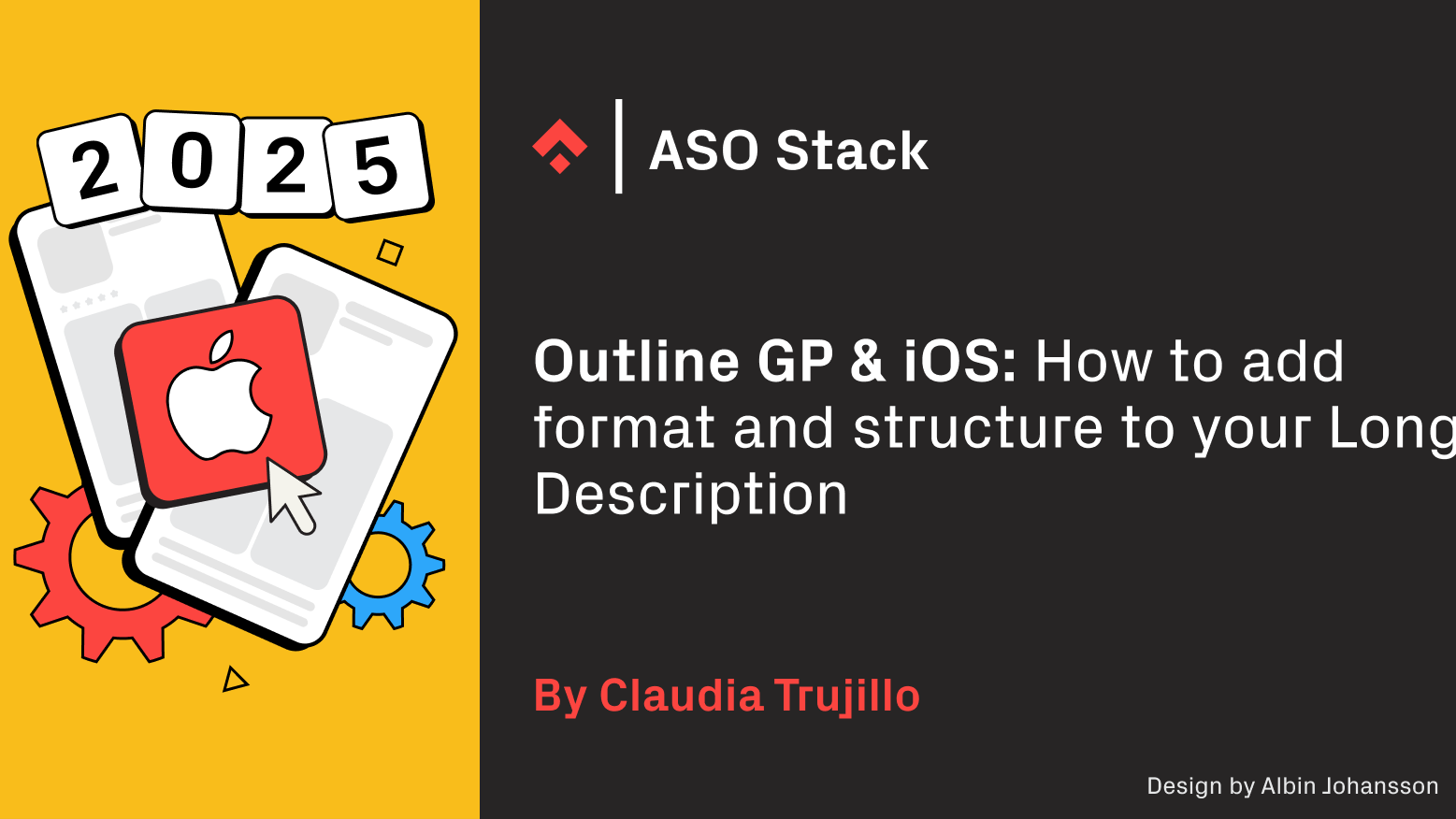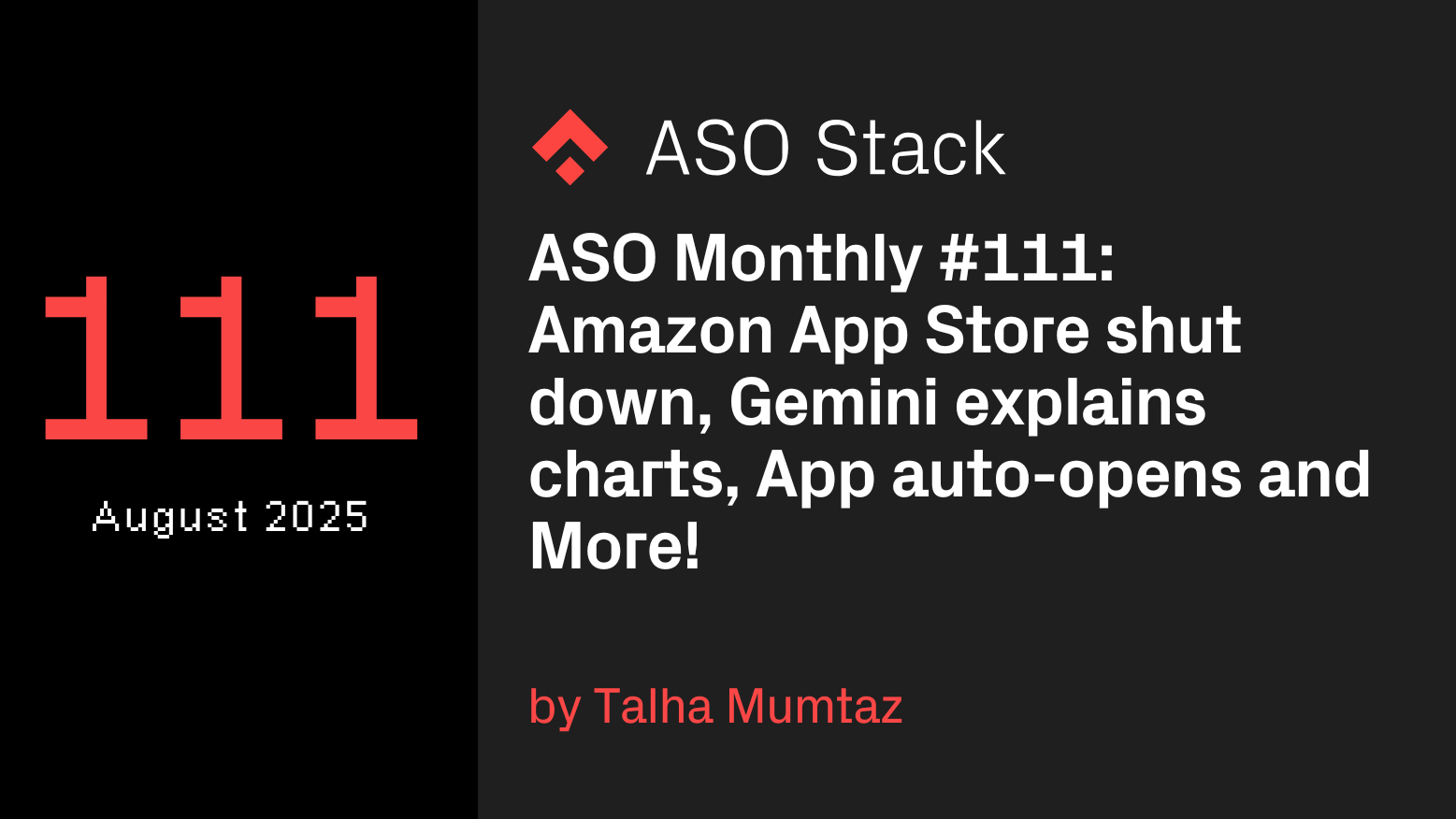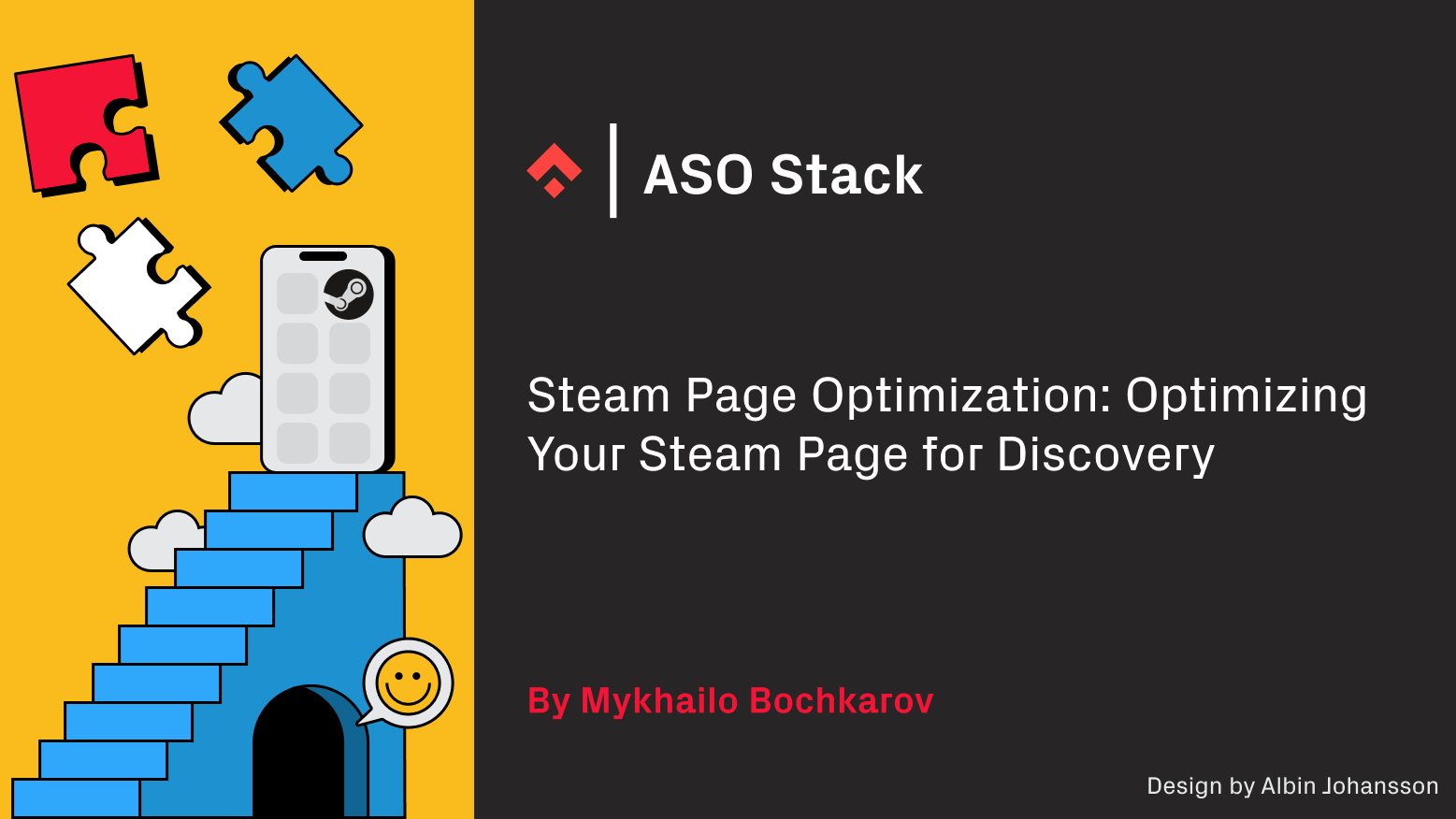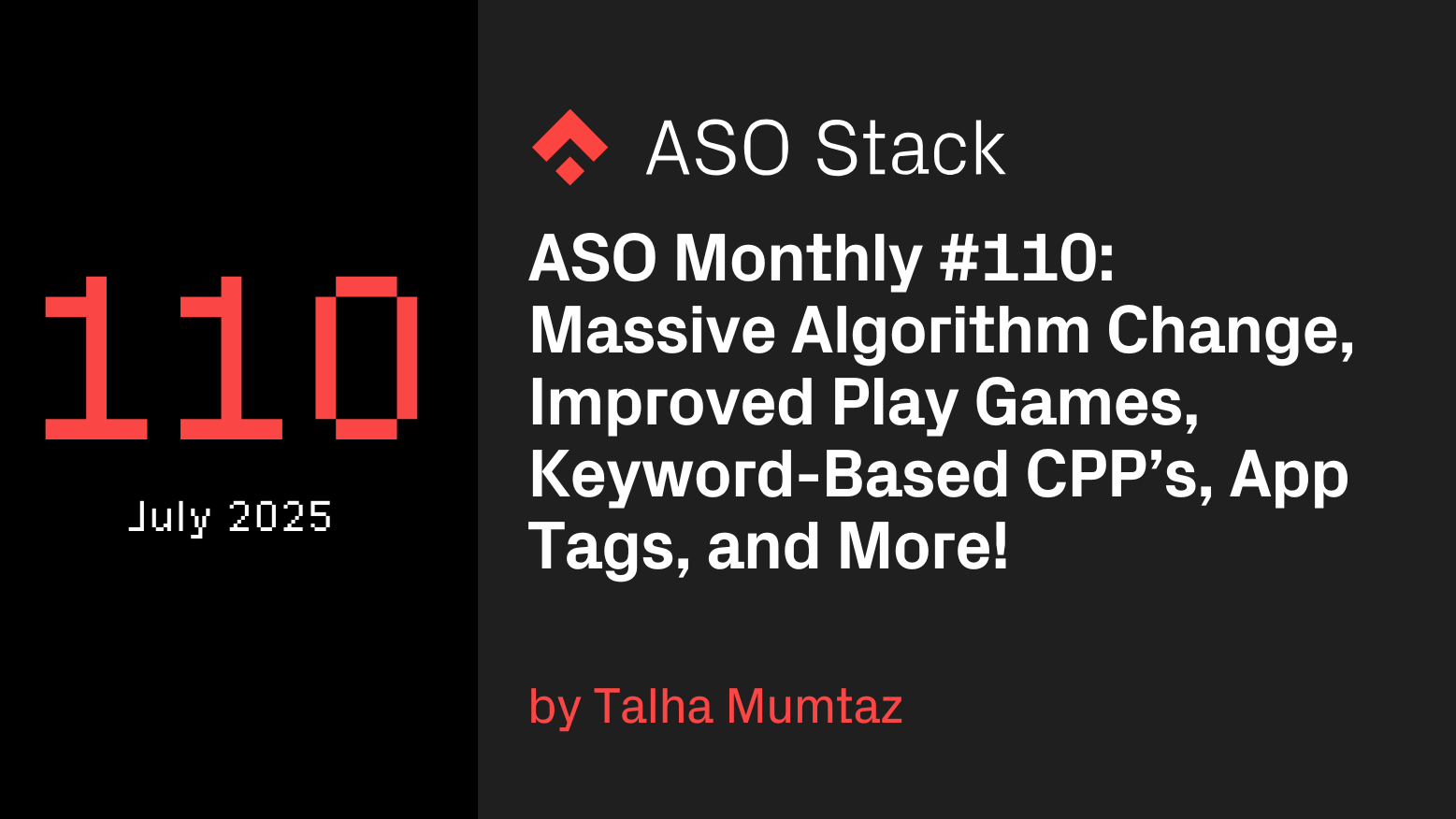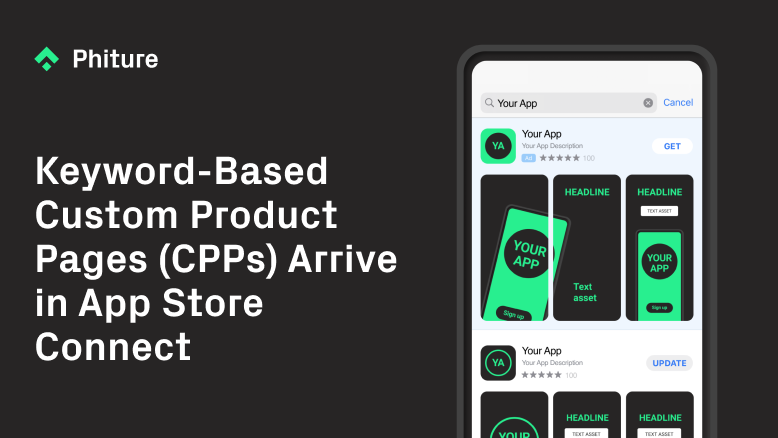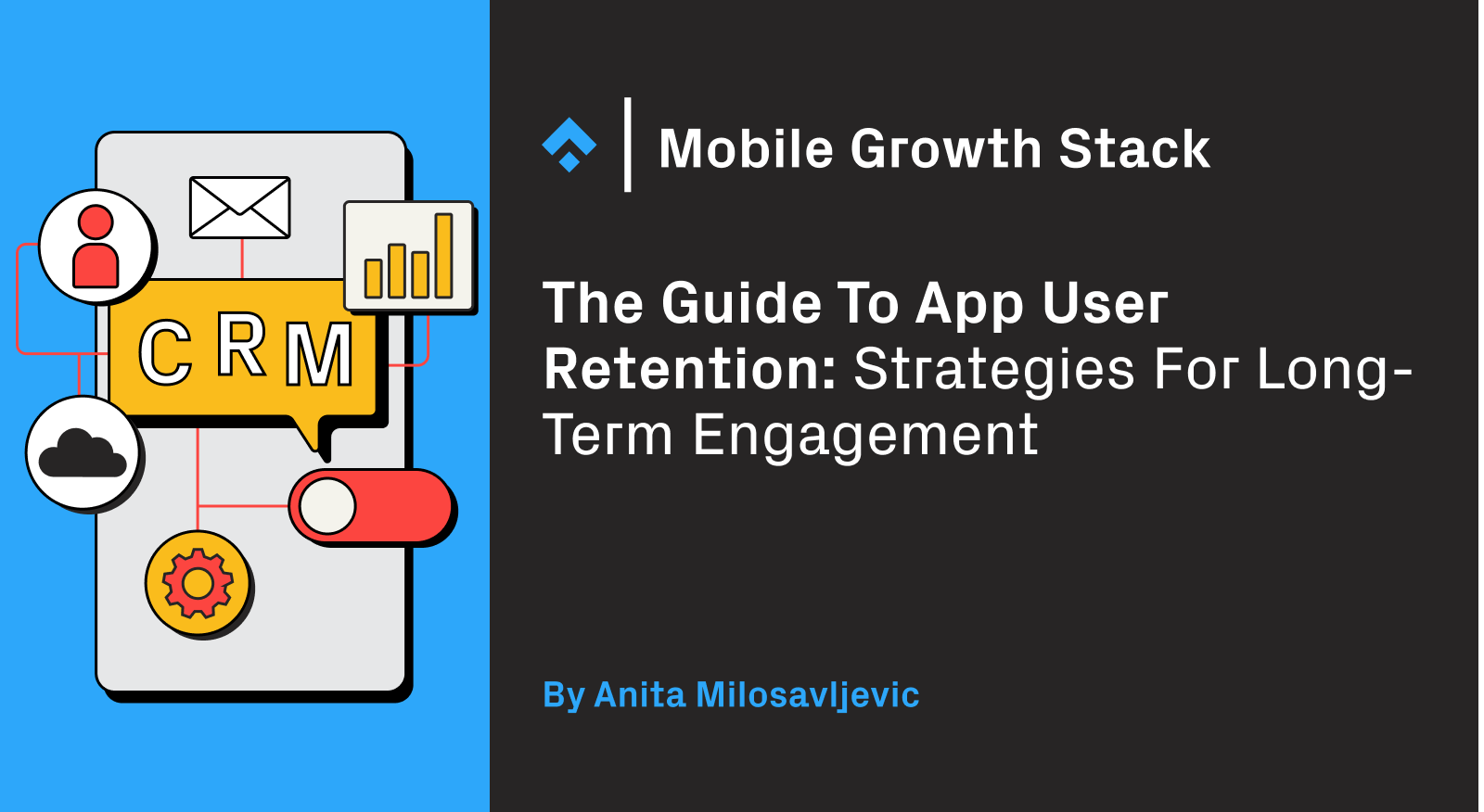
When someone downloads your app, it doesn’t mean they’ve become a user, yet. That initial install is simply a foot in the door. Whether that person returns the next day or deletes your app within minutes depends on your ability to deliver meaningful value quickly and then keep delivering it over time. So, you got an install, but how to get people come back? Lets talk user retention.
Per Harvard Business Review, acquiring a new customer can cost 5 to 25 times more than retaining an existing one.
Retention determines if your product will grow sustainably or burn through budgets. It’s what differentiates apps people rely on from those they forget. Studies consistently show that most users won’t stick around past the first day, and retention continues to drop after that. This isn’t just a number to watch, it’s the foundation of everything else: growth, monetization, and even discoverability in the app stores.
This guide will walk through how to understand retention, build strategies that make sense for your product, and implement systems that keep users coming back.
Why User Retention Deserves Your Attention
There’s a tendency to focus on growth as something that happens at the top of the funnel: ads, installs, impressions. But all the effort that goes into acquiring new users can be wasted if they don’t stick around long enough to experience your app’s value.
Retention has a ripple effect:
- Loyal users are more likely to convert and spend money.
- They generate better LTV, which feeds back into profitable acquisition.
- They write reviews, invite friends, and organically grow their user base.
Let’s say you’ve just launched a language learning app. You get 10,000 installs from a successful influencer campaign. But if only 2% of those users are still active after a week, you’re not building momentum, you’re just resetting your funnel over and over again.
The average Day 1 retention rate is 21.1% on Android and 23.9% on iOS, dropping to 2.1% and 3.7%, respectively, by Day 30. (Source)
Metrics that Matter
Instead of just watching installs, focus on:
- Day 1, Day 7, Day 30 Retention: Track short-, mid-, and long-term engagement.
- Churn Rate: How many users drop off over a given period?
- LTV (Lifetime Value): Revenue attributed to a user across their engagement lifecycle.
Understanding these can help shift focus from vanity metrics to sustainable performance.
Getting a Clear Picture of User Behavior
Before you can improve retention, you need to understand what’s happening inside the app. Which actions correlate with long-term use? Where do people drop off? What do your most engaged users do differently?
Many apps follow a similar behavioral arc:
- Onboarding: This is where users decide whether to invest further attention.
- Activation: A meaningful first win—booking a session, creating a playlist, logging a workout.
- Engagement: Routine use begins. Value compounds, and users return regularly, are often what defines an app’s stickiness. For a deeper dive into what makes an app “sticky” and how to improve it, check out our article on user stickiness.
- Drop-off or Reactivation: Either users lose interest, or something brings them back.
Let’s say your fitness app sees high D1 (Day 1) engagement but low D7 (Day 7) retention. You might discover that users complete the first workout but never set a reminder or pick a training plan. That insight helps you intervene with timely nudges before they disengage.
Segmentation is essential here. A user who opens your meditation app daily and one who only completes onboarding are on very different paths. Grouping users by behavior, usage frequency, and session depth helps you tailor your retention efforts rather than blasting everyone with the same messaging.
Building a Foundation for User Retention
Retention isn’t about luck, it’s about systems. You can build strategies that guide users through meaningful experiences that align with their goals.
Users expect experiences that reflect their preferences. Whether it’s a news app surfacing relevant topics or a learning app recommending the next lesson, personalization increases the likelihood of continued engagement.
But personalization goes beyond content. It’s also about timing. If someone hasn’t completed onboarding, a push notification prompting them to check out a premium feature might not be relevant. A better message might offer a tip or a walkthrough for where they dropped off.
CRM Campaigns that Map to Behavior
A good CRM strategy is built around milestones, not just timelines. For example:
- A reactivation message is sent 5 days after the last use
- A “congrats” email after completing a milestone (e.g., 10 workouts)
- Nudges that align with app usage (e.g., recommending playlists after creating one)
These journeys need to feel connected, not just reactive. Mapping them out in advance helps you ensure you’re not just sending messages, but building relationships.
Making Habits, Not Just Features
Think about the apps you use daily. Chances are, they’ve become part of your routine. This doesn’t happen by accident, it’s a result of repeated triggers, feedback loops, and rewards. As noted by behavioral expert James Clear, habits form through a cue-routine-reward cycle, which aligns closely with product engagement models.
One example is Duolingo’s streak system. It’s not just that the app teaches languages; it motivates users by giving them a reason to return tomorrow. These habit-forming loops are driven by psychology: prompt an action, reward the behavior, and increase user investment over time.
Personally, I have been using Duolingo for over 2 years now. I have been on and off the app, but if I take a look at my streaks, they were either under 2 weeks or longer than a month. Now, my streak is 101 days (hurray), and it has become such a habit that I barely notice I have to do it daily. The emotional reward I get from completing the lesson is so much higher now than the effort I need to put to do it. Because it is a habit.
Your app doesn’t need to gamify everything, but it does need to give users a reason to come back regularly – whether that’s new content, social accountability, or progress tracking.
Choosing the Right Channels for Engagement & User Retention
It’s not just what you say, but how and where you say it.
Push Notifications
Effective push notifications are timely and relevant. A fitness app reminding you to move after a sedentary day is useful. A generic “Come back!” message? Not so much.
The key is not to interrupt but to enhance. Use behavioral triggers, local time zones, and content relevance to increase open and action rates.
In-App Messaging
In-app messages work well for onboarding, upsells, and announcing new features. They have high visibility because they show up while the user is active. But they should never feel like a pop-up ad. The most effective in-app messaging feels like part of the product experience.
For teams looking to create more engaging, on-brand experiences without relying on dev resources, tools like B.Layer offer an intuitive, no-code way to build rich, interactive in-app messages. These can range from onboarding flows to gamified promotions, helping increase user engagement and retention through personalized touchpoints.
Email and SMS
Email is great for longer content, summaries (like a weekly report), or special offers. SMS, while more intrusive, can be effective for confirmations, time-sensitive nudges, or reactivation. Use these sparingly, and only when high intent or urgency exists.
Rethinking Onboarding as a Value Journey
First impressions are crucial, but good onboarding isn’t about checking boxes; it’s about helping users reach a point of value as fast as possible.
Take Headspace, for example. Instead of showing every feature upfront, they ask what the user wants to achieve (reduce stress, sleep better) and guide them toward a tailored first experience. This creates momentum.
Progressive onboarding can help prevent overwhelm. Rather than introducing everything at once, reveal features contextually. A checklist with visible progress can also encourage completion.
If you’re seeing a steep drop-off after install, this is the first place to investigate.
Real Campaign Examples & Sector Strategies
Retention isn’t one-size-fits-all, so let’s see how different industries tailor their tactics:
Health Apps
MyFitnessPal exemplifies effective habit formation by encouraging users to log meals and workouts consistently. The app employs visual progress indicators, such as streak counts and community challenges, to motivate users. Based on a recent case study, these gamification elements have significantly boosted user retention by reinforcing daily engagement habits. WSJ
With over 200 million users, MyFitnessPal’s approach to habit reinforcement through consistent tracking and community involvement has been instrumental in maintaining user engagement. Business of Apps
Fintech Apps
Apps that provide personalized financial insights, such as spending summaries and savings goal progress, help users feel more in control of their finances. Implementing push notifications with tailored content can lead to significant improvements in user retention. For instance, strategic use of push notifications has been shown to increase retention rates by up to 180% in mobile apps. Flyy
Moreover, fintech apps that incorporate gamification elements, like progress bars for savings goals, can further enhance user engagement by providing visual cues of financial achievements TechFinancials.
Frankly, I don’t check anything as often as my progress bar in my bank account. Wherever it’s just to see where I stand and make me feel a little better that the progress bar is moving towards the goal, or to evaluate if I really need this brand new device that will allegedly improve my life like nothing before has.
Education Apps
Retention often hinges on continuity. Duolingo, Khan Academy, and similar apps use daily goals, streaks, and gamified lessons to nudge users forward. Emails summarizing weekly learning can reinforce commitment. We talked about Duolingo before, and these strategies have contributed to Duolingo achieving over 30 million daily active users, with more than 70% maintaining week-long streaks. orizon.co
These examples show that retention strategies should align with the core value your app provides, not just industry trends.
Motivation through Milestones
A great tactic across categories is recognizing milestones. Instead of just telling users they’ve completed a module or logged a session, turn it into a moment. Think: “You’ve reached your 10th workout! Keep it going!” These celebrations build momentum and emotional connection.
The Role of Technology in User Retention
Having a solid strategy is only half the battle, you also need the right tools to deliver and optimize it.
CRM platforms like Braze, Iterable, or Customer.io or Leanplum enable you to trigger campaigns based on user behavior. You can set up flows that guide users through onboarding, nudge them toward key actions, or re-engage them after inactivity. These journeys aren’t theoretical: when Headspace worked with Phiture to improve lifecycle messaging using Braze, they saw a 109% uplift in Week 1 retention, a 49% increase in same-day paid conversions, and a 26% uplift in new user activation (Headspace case study). The key was cross-channel messaging that aligned with user intent and product value, not just sending more messages, but sending the right ones at the right time.
Analytics and Insight
Tools like Amplitude and Mixpanel help you go beyond surface-level metrics. You can build funnels, analyze cohorts, and run experiments to see which user behaviors predict long-term retention. This data is very important for refining your strategy.
For example, if you learn that users who create a playlist within their first session are more likely to return, you can design your onboarding to emphasize that action.
Final Thoughts
User retention is not just a KPI, it’s your clearest measure of whether your app is delivering real value. It’s about building something worth returning to, and then reinforcing that habit through thoughtful strategy, smart messaging, and continuous learning.
As you refine your retention efforts, keep these principles in mind:
- Prioritize user value above all
- Understand your user journeys through data
- Personalize with purpose
- Build systems, not just messages
Want to see retention in action? You can read more wins in our CRM success stories. These examples show how thoughtful automation, timely personalization, and experience design can transform one-time users into loyal app advocates.
Want to Take Action?
Having the right framework to assess where you stand and what to do next is so important. That’s why we created the Phiture Lifecycle Marketing Audit Template.
It’s a practical tool used by CRM and growth teams to identify gaps across onboarding, engagement, retention, and reactivation and to prioritize what matters most.
👉 Download the free template to start auditing your lifecycle strategy today.
No fluff. No spam. Just a clear, actionable resource to help you turn insights into long-term engagement. We hope it helps!
For who: A good template to provide report to your manager or just to track progress on your app.
Table of Contents

